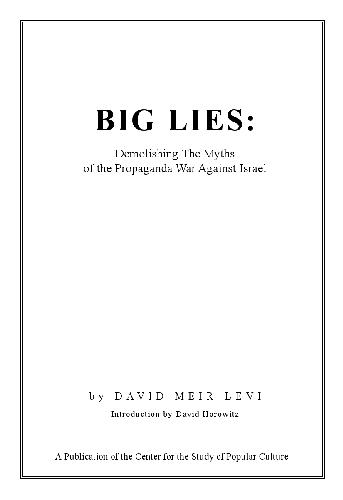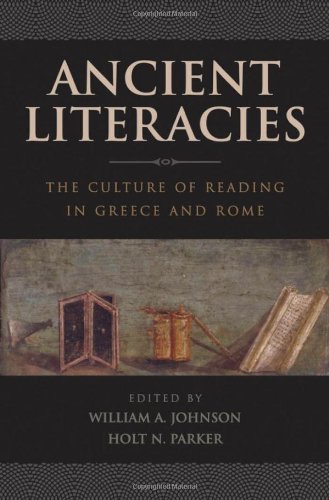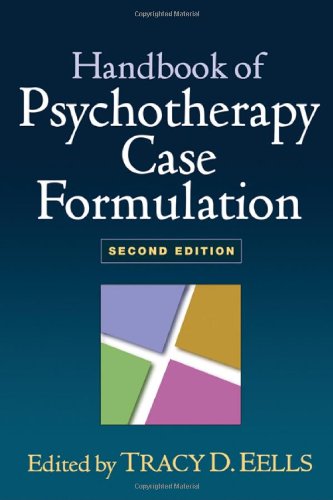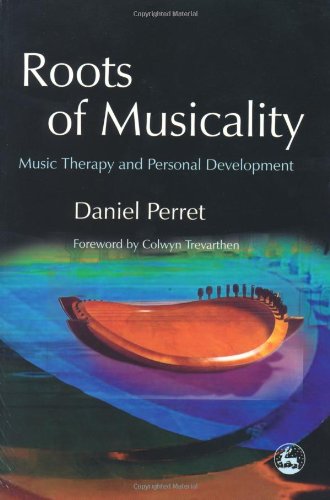- 2 402 202 книги
- Поиск
libcats.org











Главная →
Spinors and Space-Time: Volume 1, Two-Spinor Calculus and Relativistic Fields (Cambridge Monographs on Mathematical Physics) (v. 1)
Spinors and Space-Time: Volume 1, Two-Spinor Calculus and Relativistic Fields (Cambridge Monographs on Mathematical Physics) (v. 1)
Roger Penrose, Wolfgang RindlerThis book provides a very comprehensive account of two-spinor calculus, along with some of its applications to physics. This material is intrinsically interesting and has some applications to physics, in addition it also provides the background needed to study volume II. The second volume covers applications to physics in more detail and twistors too.
Spinors unquestionably play a central role in quantum mechanics. Some problems in general relativity are certainly more transparent when approached with spinors, as compared to the usual tensor analysis. This combined with the fact that one can roughly view a spinor as the square root of a null vector and considering things like Dirac's scissors suggest the possibility that spinors are more fundamental than tensors and may provide a deeper insight into the nature of space-time than tensors do. This is one of the main themes of the book, I personally find the arguments intriguing.
The first two chapters establish the geometry and algebra of spinors. The pace is reasonable and the approach is very geometrical. Then the correspondence between tensors and spinors is developed. First the authors show how to represent tensors as spinors and then they show how to represent spinors as tensors. As an application of this they show how a Lorentz transformation is represented by two spin transformations. This is followed by a chapter that takes many concepts from differential geometry and puts them in spinor form, including Einstein's equation.
The final chapter mostly considers fields formulated in terms of spinors. This includes the electromagnetic field, Yang-Mills fields (a nice introduction to fibre bundles is included) and general relativity.
On the whole I think this book provides an excellent development of two-spinor calculus, with a nice emphasis on the geometry of spinors. It takes some familiar fields, such as the electromagnetic field, and formulates them in terms of spinors. However, one thing I thought was missing was more extended discussions of the known situations in general relativity where spinor methods prove more useful than tensor methods, e.g. the classification of the Weyl tensor or Witten's proof of the positive energy theorem. More material like this is presented in volume II. This book also gives some general arguments that spinors may be more fundamental than tensors and hence provide more insight into the nature of space-time, in fact this is one of the central themes of the book. I find the arguments to be very plausible, but I think it's safe to say that even twenty years after the publication of the book that it has yet to be demonstrated.
Spinors unquestionably play a central role in quantum mechanics. Some problems in general relativity are certainly more transparent when approached with spinors, as compared to the usual tensor analysis. This combined with the fact that one can roughly view a spinor as the square root of a null vector and considering things like Dirac's scissors suggest the possibility that spinors are more fundamental than tensors and may provide a deeper insight into the nature of space-time than tensors do. This is one of the main themes of the book, I personally find the arguments intriguing.
The first two chapters establish the geometry and algebra of spinors. The pace is reasonable and the approach is very geometrical. Then the correspondence between tensors and spinors is developed. First the authors show how to represent tensors as spinors and then they show how to represent spinors as tensors. As an application of this they show how a Lorentz transformation is represented by two spin transformations. This is followed by a chapter that takes many concepts from differential geometry and puts them in spinor form, including Einstein's equation.
The final chapter mostly considers fields formulated in terms of spinors. This includes the electromagnetic field, Yang-Mills fields (a nice introduction to fibre bundles is included) and general relativity.
On the whole I think this book provides an excellent development of two-spinor calculus, with a nice emphasis on the geometry of spinors. It takes some familiar fields, such as the electromagnetic field, and formulates them in terms of spinors. However, one thing I thought was missing was more extended discussions of the known situations in general relativity where spinor methods prove more useful than tensor methods, e.g. the classification of the Weyl tensor or Witten's proof of the positive energy theorem. More material like this is presented in volume II. This book also gives some general arguments that spinors may be more fundamental than tensors and hence provide more insight into the nature of space-time, in fact this is one of the central themes of the book. I find the arguments to be very plausible, but I think it's safe to say that even twenty years after the publication of the book that it has yet to be demonstrated.
Популярные книги за неделю:

Проектирование и строительство. Дом, квартира, сад
Автор: Петер Нойферт, Автор: Людвиг Нефф
Размер книги: 20.83 Mb

Система упражнений по развитию способностей человека (Практическое пособие)
Автор: Петров Аркадий НаумовичКатегория: Путь к себе
Размер книги: 818 Kb

Сотворение мира (3-х томник)
Автор: Петров Аркадий НаумовичКатегория: Путь к себе
Размер книги: 817 Kb

Радиолюбительские схемы на ИС типа 555
Автор: Трейстер Р.Категория: Электротехника и связь
Размер книги: 13.64 Mb
Только что пользователи скачали эти книги:

Missing Link
Автор: Murphy Warren, Автор: Sapir RichardКатегория: Детективная фантастика
Размер книги: 257 Kb

Big lies: demolishing the myths of the propaganda war against Israel
Автор: David Meil-Levi, Автор: David Horowitz
Размер книги: 410 Kb

1000 прекрасных растений в вашем доме
Автор: Урсула Крюгер, Автор: Ингрид Янтра
Размер книги: 42.62 Mb

Ancient Literacies: The Culture of Reading in Greece and Rome
Автор: William A Johnson, Автор: Holt N Parker
Размер книги: 3.94 Mb

Handbook of Psychotherapy Case Formulation, Second Edition (Handbook of Psychotherapy Case Formulation)
Автор: Tracy D. EellsКатегория: Экономика
Размер книги: 1.49 Mb

Generalizing from Educational Research: Beyond Qualitative and Quantitative Polarization
Автор: Kadriye Ercikan, Автор: Wolff-Michael RothКатегория: Образование
Размер книги: 2.09 Mb

Roots of Musicality: Music Therapy and Personal Development
Автор: Daniel Gilbert Perret
Размер книги: 666 Kb




